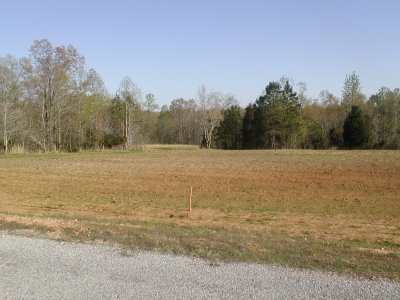
The inspiration for the exterior of The Bremerhaven was a home actually located in Bremerhaven, Germany.
The original concept for this Americanized plan includes two bedrooms and two and 1/2 baths on the main floor with three additional bedrooms and a full bath on the second floor. Borrowing from a common German design for a duplex the second floor could serve as a separate 2 bedroom apartment in the future with very few renovations.
The Master Bedroom and Second Bedroom are both handicapped accessible with emergency exits to an adjoining porch. The location of the bedrooms allows for easy access to each other (for those late night sleep interruptions that require caregiving). The Second Bedroom could also serve as a Study.
Both full Baths on the main floor are handicapped accessible. The Hall Bath has a roll-in shower, grip bars near the toilet and enough floor space to turn a wheelchair 360 degrees. A nook has been added in later versions to accommodate a bath chair and provide storage. There was a small Powder Room (or 1/2 bath) off the Foyer in the original plan that has been replaced with an elevator because of the addition of a Basement.
A detached garage is accessed through a screened porch and mudroom. Detaching the garage from the main house allows for accessibility without the danger of CO2 poisoning (Most garages are lower than the main floor of a home. Accessible garages are on the same level as the main floor reducing the need for ramps). The Mudroom is attached to a small Office (that was lost in a later version of the plan). The final version of the Bremerhaven has flipped the main floor, but left the garage on the eastern side of the home. The office (replaced by a small upstairs room above the foyer) was converted into a laundry area, the mudroom was lost (replaced in the basement) and the screened porch became accessible just off the bedroom porch. This change was necessary because of the lay of the land and the desire to have a walk-out basement.
There was no Basement in the original concept as the goal of the plan was for accessibility. However, the latest version of the plan includes a full walkout Basement accessed by stairs and a small residential elevator. The addition of a basement gave 1,700 extra square feet of possible living space for only about $12,000 more than a conventional foundation. Future plans for the basement include a Family Room, Guest Room, Therapy/Exercise Room and a full Bath with roll-in shower.
Although I personally do not like an open floor plan it was a better option for accessibility. Interior walls were kept to a minimum and narrow hallways were avoided by making most "halls" into usable rooms. All doors measure 36". Most rooms of the house have enough floor space for a wheelchair to turn completely around 360 degrees (approx 5' circle).
Passive Solar ideas have been incorporated into the houseplan as the back of the home faces the south; the living areas on the main floor and the basement have large south facing windows. Solar panels could easily be added to the roof for added efficiency.
The home has been designed to accommodate two high efficiency split air conditioning units. Each floor has a utility area for the A/C units. The basement has the same utility area that can accommodate an infloor heating system.
I plan to offer the finished blueprints for sell once the project is completed. So, the plan has been copyrighted.

